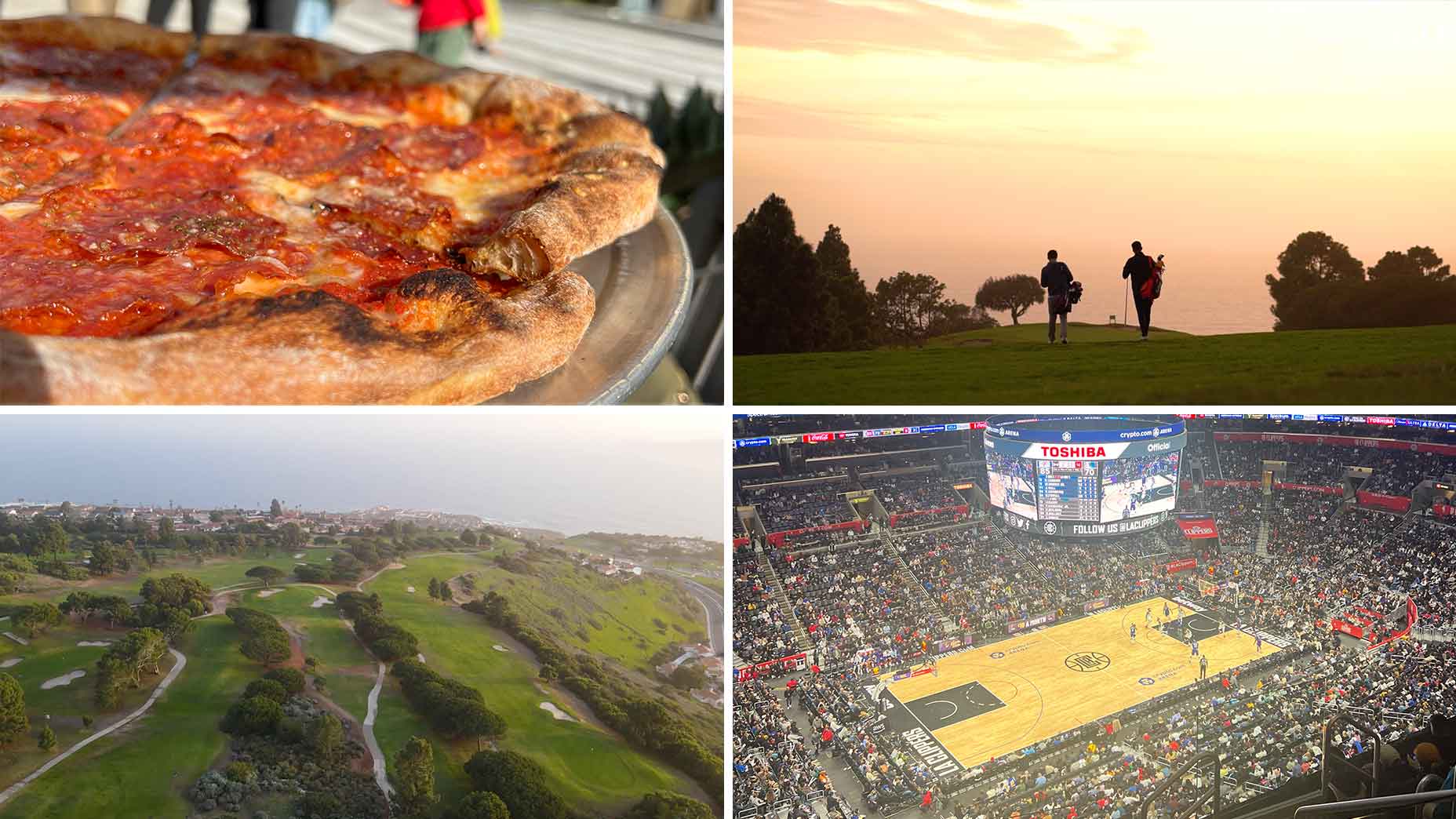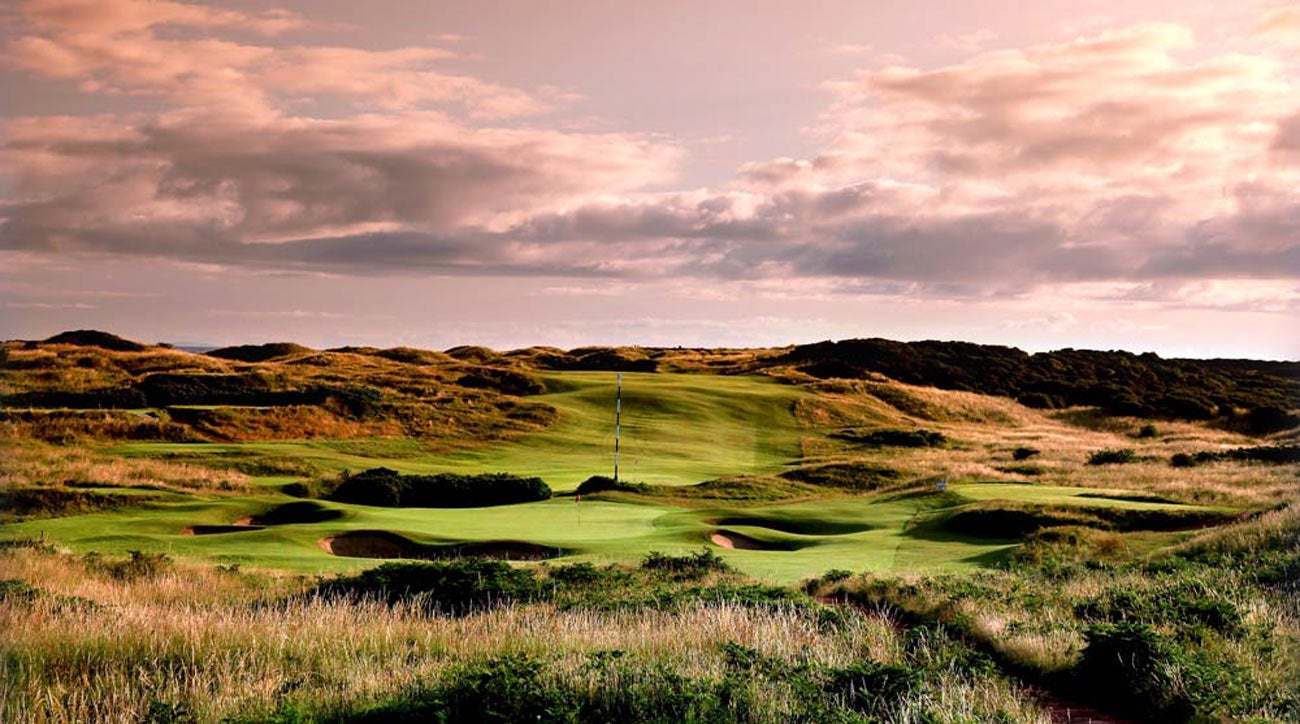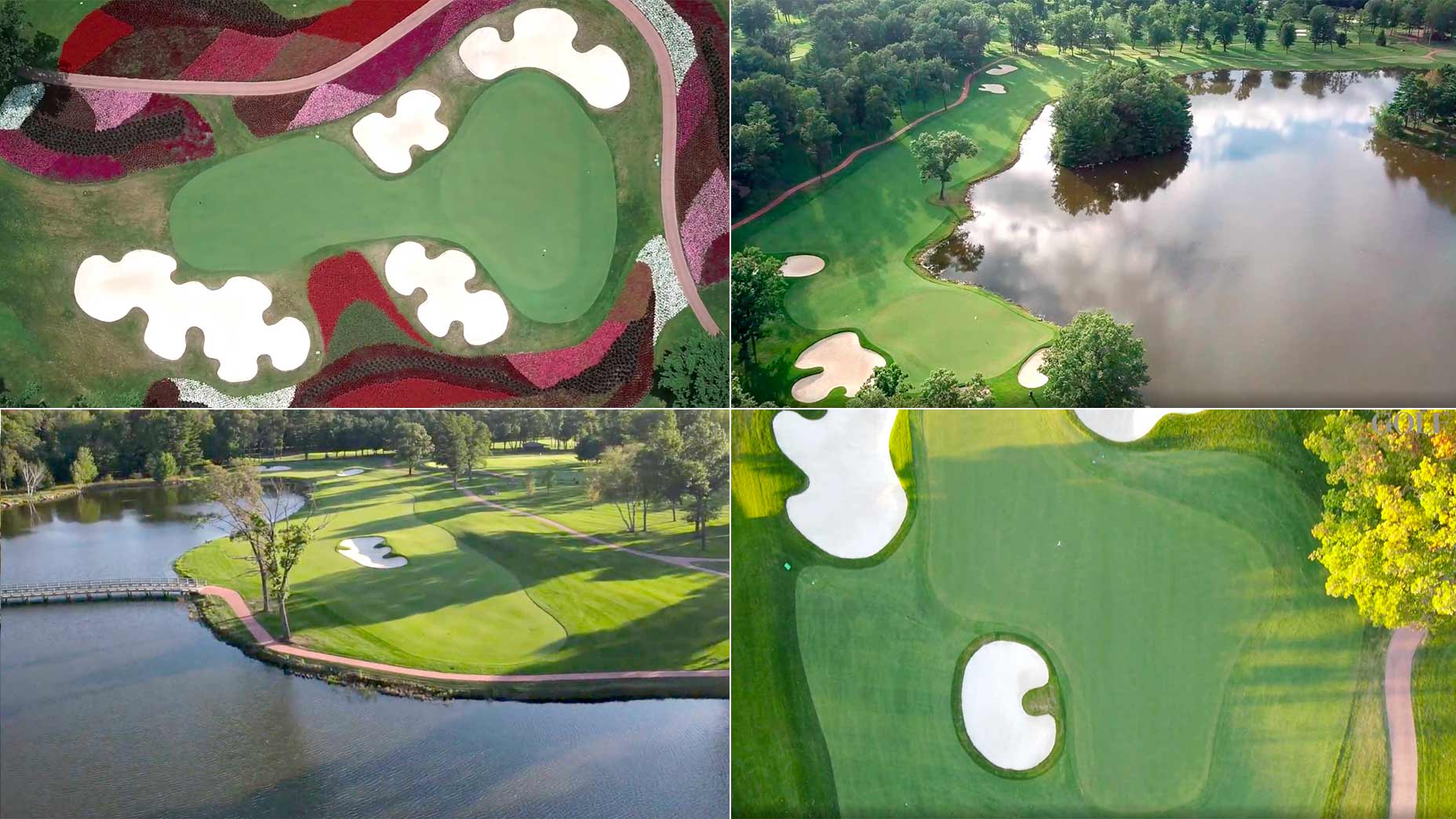Inside Gamble Sands: What Wild West golf looks like up close

Gamble Sands is BIG country.
Sean Zak
Bleary-eyed off a flight that required a 4 a.m. wake-up call, I shimmied my clubs, clothes and video gear in to a rental Subaru and bid farewell to Spokane, Wash. Much as I wanted to spend time in the town where Mark Few reigns, I had to hit the road. A three-hour drive awaited.
Flying in to Spokane or Seattle are your most reasonable options for getting to Gamble Sands, the quintessential destination golf course, tucked neatly into the dead center of Washington. The drive is about the same distance either way, with the trip from the coast more mountainous and rugged, and the trip from the east more rural and low-lying.
Getting to this spot — like getting to Bandon or Streamsong or Cabot Links — takes the kind of purpose and desire that is hard to explain at house parties. Yes, stranger, some of the best golf in the Americas exists in the middle of nowhere. Gamble Sands is no different. Take a look for yourself in this video right here:
Brewster, Wash., and its 2,000-ish residents is your community at Gamble Sands, but you’d be forgiven for not venturing out beyond the golf property. For starters, the views are better up on the perch of land shaped by architect David McKlay Kidd. The food is pretty darn good, too.
Gamble gets many things right about the “destination golf” resort/course/club/etc., but what is most appreciated by the clientele who yearn for places like this is their simplicity. There’s a big course, a short course, a putting course, one means of lodging and one restaurant. One of each, all of them good, no need for options. Plenty of resorts have decided to go all-in on the amenities: a spa for sore joints, a stocked lake for bass fishing, upscale dining, lounges with Ping-Pong tables, fitness centers, shooting academies.
Gamble exercises a bit of minimalism. One of everything — love it or leave it. Of course, they’d never tell you to love it or leave it, but it becomes clear there’s no need for surplus. That is, until your destination gets so popular that it demands a second course. As my colleague Dylan Dethier said, destination golfers have become a bit demanding. (Gamble is now in the process of building a second big course.)

Out there in the wild, you feel every ounce of the conditions around you. Whether it’s a chilly breeze that follows the Columbia River or an arid summer morning that reminds you this is all very desert-adjacent, the Gamble Sands experience is more consuming than anything you’ll get near a city. There’s no hiding when there’s nowhere else to go.
The fairways are firm, and it’s hard to imagine them any other way. They’re weathered by sun and wind and cool nights, and hardened by sub-zero temperatures in the winter. This is “Big Country,” as Dylan put it, so you can just about find your ball anywhere, so long as your golf spikes can double as cowboy boots. This is where tumbleweeds cross fairways. Rattlesnakes and hares, too.
When the sun goes down, Gamble offers one of the best sunsets in golf, right up there with Chambers Bay, Bandon Dunes and anything along California’s coast. Thing is, if you’ve brought the right crew with you, you won’t be caught staring as the sun waves goodbye. You’ll be racing against it, gaming another few holes on the short course, Quicksands, until you can’t see the ball between your feet. In the summertime, it stays light forever, but nighttime sure arrives in a hurry. Get your six hours of shut-eye, then wake up and do it all again the next day.
That’s what you came for.










